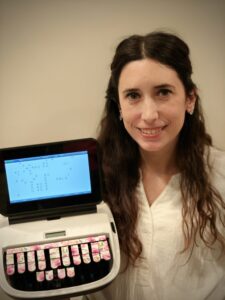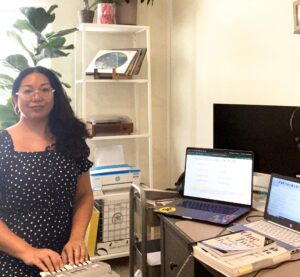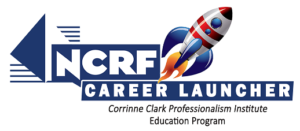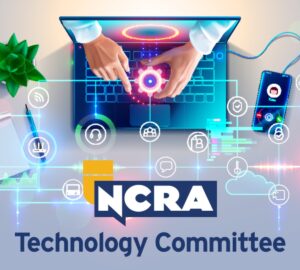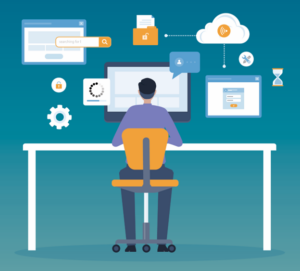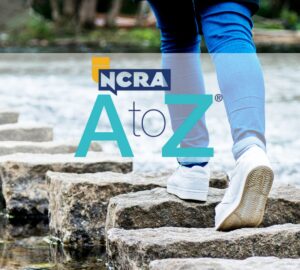By Ahlam Alhadi
Using steno paper was a great tool in the initial stages of my court reporting education, primarily because it was very easy to use and allowed me to focus more on speedbuilding and reading back my notes. However, as time continued and my ability to read my steno notes and write more quickly increased, my instructor and I both felt it was necessary that I begin to use realtime software since I won’t be using paper once I begin working and am at an assignment. I began to implement the use of realtime software once I reached a speed of 180 wpm. Since then I have been using realtime for all of my coursework, and I have found it to be very helpful. I can complete practice exams faster, and I can be more organized since I do not have to save stacks of steno paper.
I felt compelled to learn the ins and outs of realtime software as a student because it has such an immense impact on this profession. It enables transcripts to be produced quickly, it helps judges and attorneys get the information they need faster, and it can speed up the overall trial process. It is also the more advanced option during these times in which many legal professionals are trying to find alternative means to record testimony. In addition, many court reporters with their Certified Realtime Reporter credential earn more, and since the profession has become intertwined with this software, it only makes sense that it be emphasized among students.
I believe that it is crucial to improve myself professionally prior to entering the workforce, especially because there are perks to learning realtime while a student. Primarily, there isn’t any added pressure to know every facet and use of the software in a short period of time, and I can learn realtime as I go. Learning realtime as a student will also make life as a certified court reporter significantly easier because my dictionary will be comprised of a larger amount of legal and medical terms. This is extremely beneficial because I will be better prepared for any type of legal or medical malpractice deposition. Also, a new court reporter who is already familiar with their realtime software will be able to edit transcripts faster and more efficiently and submit court records at a more rapid rate. Likewise, the ability to turn in work sooner will ultimately allow for more assignments to be taken, which can lead to greater earnings.
The process of transitioning from steno paper to realtime proved to be quite simple given the fact that I had done my research and knew what software I wanted to purchase. Fortunately, there are many companies that provide reduced rates for students. That includes Gigatron’s StenoCat 32, Stenovations, and many more. Most court reporting programs are affiliated with a certain software company that may even offer a free student version of their software. I made sure to consider which companies would offer me the best software at a good rate and with tech support. I decided to purchase StenoCat 32, which has been easy to learn and has proven to be a viable and cost-efficient option. They offer wonderful technical support, which helped me immensely throughout the set-up process. Gigatron also offers free webinars and video tutorials that answer any questions about installation and set-up, adding terms to your dictionary, editing, and formatting.
As with any profession, its future depends on the students who will eventually be the backbone and leaders of this field. As a future court reporter, I feel it is necessary to stay on top of any and all advancements so I can offer clients as many services as possible that will allow for prompt and accurate court records.
Ahlam Alhadi is a court reporting student. She can be reached at ahlam513@gmail.com.




